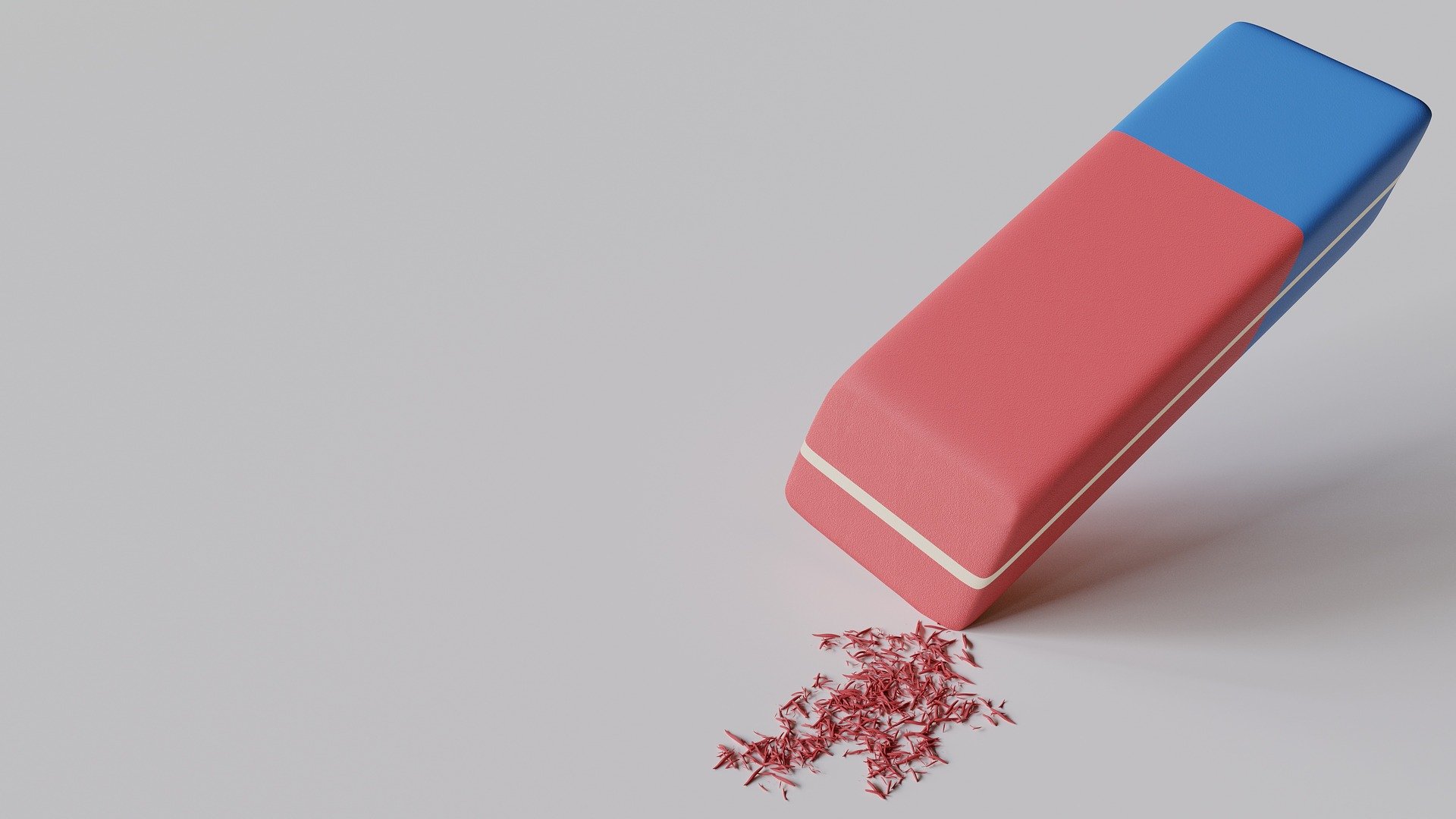Creating a Consistent Sound for an Album
Musicians must feel confident in their ability to arrange their music. It’s easy to sound generic, disjointed, too similar to the original (if it’s a cover), or just plain bad. How do we hone the craft of arranging while also keeping a consistent sound from the beginning of an album to the end?
Your goal should always be to sound like YOU. Not like Uematsu, or Wise, or any other artist you admire. All of us are here on GameGrooves because we love video game music (VGM), and therefore, we are influenced by it. If your project is an homage to a certain genre or style, that’s ok, but be aware that YOU’RE here to make music, not the genre.
To help with this, ask yourself these questions:
“What do I contribute to the world of music?”
NOT “How do I get people to listen to me?”
“What moves my heart?”
NOT “What should this sound like?”
“Is what I’m writing convincing to me?”
NOT “Will people like this?”
Honestly answering these questions is going to keep you focusing on the craft itself rather than the response you’re hoping to craft. Make sure the music speaks in the way that sounds like you, and I promise people will hear how genuine you are.
Now that we’re done with the hippy dippy stuff, let’s talk shop. Arranging your album to sound cohesive involves using the same vocabulary for each track. Fortunately, no knowledge of music theory is needed! Your ear is the ultimate guide since you already know what you want things to sound like, and you should trust that musical instinct.
Here are some technical guidelines that should help you:
Same or Similar Instrumentation
This seems like an obvious point, but it’s easy as a producer to get carried away with how many available sounds there are at your disposal. Keep your ensemble, virtual or otherwise, mostly the same. Any time you want to add another sound or instrument, ask yourself if it’s contributing to the song. Or is it there just because?
Limit Your Sound Palette
Let’s look to Ocarina of Time as an example. There are several short tunes that Link plays on his ocarina to unlock areas or make Gorons dance. All of these songs are within a certain small range on the musical grid. Koji Kondo built music around this limitation, and while all of the songs are different from one another (Bolero, Minuet, Serenade, etc.) they all sound like they belong in the same world.
Your limitation doesn’t have to be the same–it could be writing only in minor keys, or having an auto-tuned voice in each track, or writing only rags. Pick your limitation and surprise yourself with how creative you can be within that space.
Using Motifs or Chord Progressions
The best albums, games, operas, etc. use the same melodies or harmonies throughout the entire work. Undertale is a great example of using a recurring motif, and there’s no reason why you can’t use motifs in your album.
You can also do the same thing with a chord progression. Maybe you like a progression from a previous song and want to bring it back briefly in another track. Let it be part of the bridge or an outro; there’s nothing wrong with reusing material. Music is one of the only mediums that thrives from repetition, so use it.
Of course, these aren’t the only guidelines to making cohesive arrangements, but they’re a strong start! Feel free to expand upon and explore each of those points. Also be aware of getting stuck in habits. For example, be careful to avoid these potential pitfalls:
Falling in love with your own music. Of course, it’s your baby, and you want to take care of it, but you are in charge of your art. Not the other way around. Nothing is sacred, and anything is subject to change.
Changing your mind too often. On the other end of the spectrum, if you’re the kind of musician that constantly wants to explore new sounds and ideas, that’s great, BUT save it for later. Sketch down or briefly record that idea, bookmark it, take a short break, and come back to the music that needs your attention.
Listening to other music. That’s not to say it can’t be a nice brain scrub to listen to music, but it might change your mindset about what you are currently writing. Sometimes, it’s best to not be around any music at all so your brain can be fully committed to your own music.
Good luck to everyone producing their albums (either for a contest or for themselves)! It’s a hard journey, but one that can be done! Make that music and let your voice shine!
SYDNEY KJERSTAD
Sydney Kjerstad is a video game composer in many different styles, but some of her favorites are pop and orchestral. She’s a strong believer in collaboration and enjoys working with artists/developers of all kinds.



